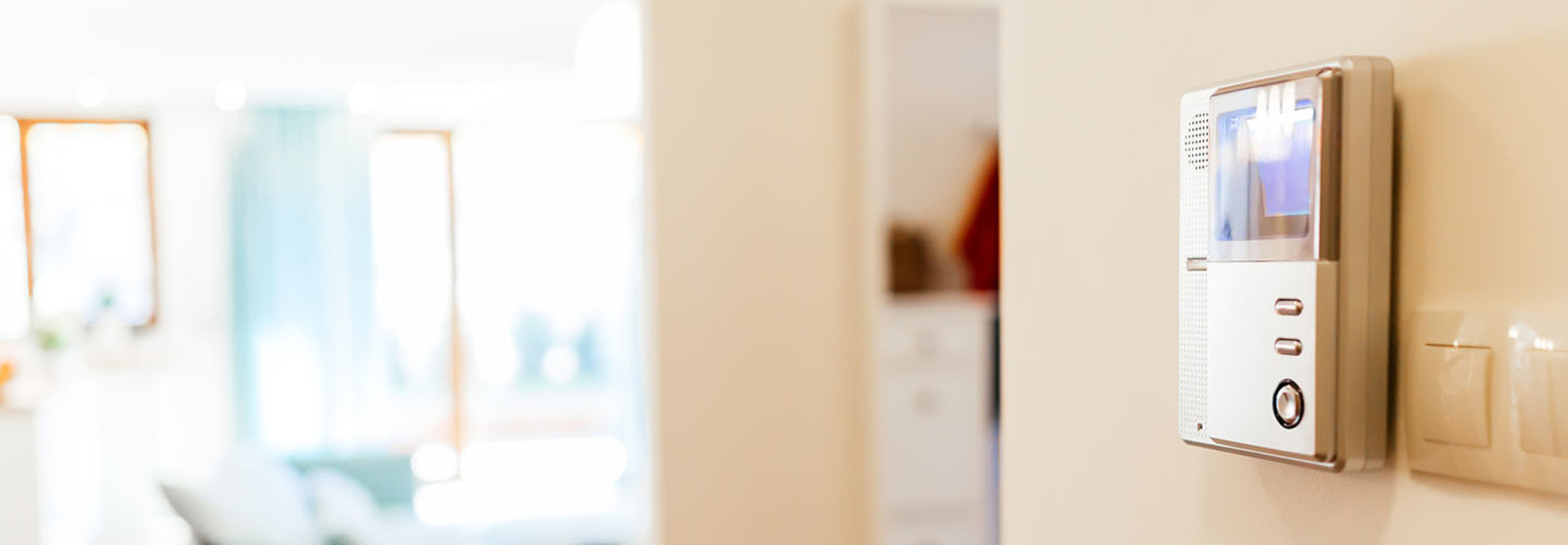5 Smart Home Technologies Improving Senior Care
In 2014, 46.2 million Americans, or 14.5 percent of the population, were 65 or older, according to the U.S. Department of Health and Human Services. By 2040, that number is projected to grow to 21.7 percent.
This so-called silver tsunami has significant social and economic consequences. As baby boomers and Gen Xers live longer, healthier lives thanks to continued advancements in medicine, there will be more senior citizens who need some sort of assistance. At the same time, there will be proportionally fewer people under 65 to provide that assistance.
The assistance seniors need then will vary greatly, as it does now. Some will deteriorate physically and mentally to the point where they need full-time care in nursing homes. An overwhelming majority (71 percent) of those 50 to 64 years old, however, say they would rather “age in place” — that is, remain in their own homes even as their needs for assistance grow over time.
Senior care professionals, therefore, face a pressing challenge: how to provide the best, most efficient care for the most seniors across a full spectrum of models that include both existing homes and care communities.
Technology, it turns out, could be a significant part of the solution.
Putting Technology to the Test
In partnership with CDW Healthcare, Masonic Homes of California has launched a smart home pilot program to demonstrate the potential impact of technology on senior care. MHC operates several senior care communities that range from independent and assisted living to dementia and hospice care.
MHC also provides services to seniors aging in place — and is acutely aware that it will have to scale those services if it is to fulfill its mission of ensuring that all Freemasonry members live lives of quality and safety, regardless of their life span or their financial means. To this end, MHC created technology-enabled residential units in its Union City and Covina locations to assess how the combination of sensors, mobile devices and software can meet the diverse needs of seniors and their families, whether they live at an MHC facility or not.
“Our pilots are giving us immediate, firsthand insight into how we can best use technologies in the future to optimize the level of care we provide to seniors who live in our facilities,” says MHC Chief Operating Officer Michael Skaff. “We then hope to leverage our lessons learned to package those technologies in ways that enable us to optimally assist the growing number of aging Masons who will be living in their own homes longer and later into their lives.”
The MHC pilots bring together complementary smart home technologies, including:
-
Environmental controls and sensors: These include remotely programmable thermostats and temperature/humidity sensors in multiple locations throughout residents’ apartments. These devices keep the living space comfortable, while controlling utility costs. Sensors also improve safety by detecting windows left open or high humidity, factors that may increase the risk of a fall on an overly damp floor.
-
Visual doorbell: Doorbells in MHC pilot units are linked to apartment lighting so that selected lights can flash when a visitor rings the doorbell, providing a visual alert for a resident who is hard of hearing. A camera and microphone at the door lets residents launch video chats with an arriving visitor from their smartphone or tablet, even when residents are away from home. This capability enhances both security and social connectedness.
-
Bed sensors: Sensors embedded in residents’ mattresses or in a “smart mat” added to their bedding can track respiration rate, heart rate, sleep duration, motion during sleep, and the number of times a resident gets in and out of bed during the night.
-
Digital medication dispensers: These devices help seniors manage their often complex medication regimens, alerting them if they forget to take a pill at the appropriate time. Devices hold a 90-day supply of up to 15 medications, alerting both users and caregivers via text and email when it’s time to reorder. Authorized users can also change or discontinue dosages from a browser or mobile app.
-
Additional sensors: MHC is also experimenting with sensors on stoves, in refrigerator doors, under sinks and elsewhere to track resident activity and help prevent accidents. Caregivers can also monitor a resident’s presence in his or her apartment using a key fob or smartphone.
In the future, these types of sensors can be integrated with personal health monitors — digital scales, blood pressure monitors, blood glucose monitors and wearables such as Fitbit — that can transmit data wirelessly and generate the insight caregivers need to provide more attentive care.
Download the free white paper, "Better Connecting Seniors at Home" to learn more.









